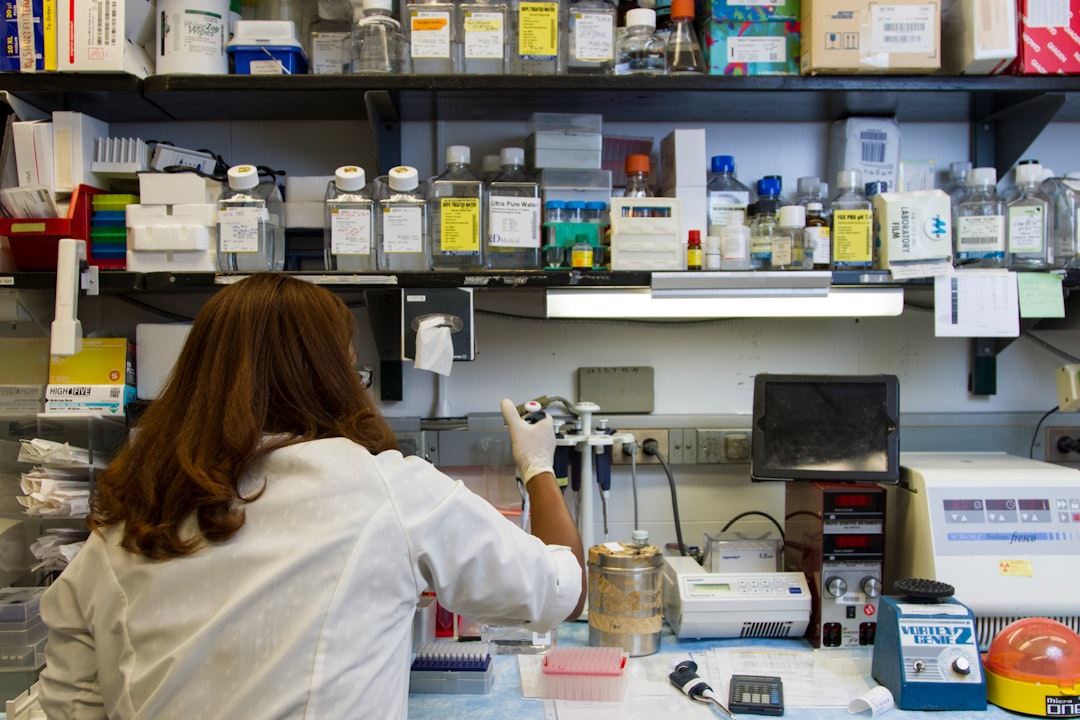What is it about?
We studied the physiological adaptation mechanism of salt-stress in Salix alba L. White willow can cope with salt stress by means of root interception of Na+, selective absorption of K+ and Ca2+, transport capacity to the aboveground, and enhancement of φDo, showing a certain ability of self-regulation and adaptation.
Featured Image

Photo by Joe Johannes on Unsplash
Why is it important?
Salix alba L has a strong ability to adapt to adversity and has great potential to be applied in the ecological management of coastal saline-alkali land. Our results showed that white willow can cope with salt stress by means of root interception of Na+, selective absorption of K+ and Ca2+, transport capacity to the aboveground part, and enhancement of φDo, showing a certain self-regulatory adaptability.
Perspectives
The ecology of saline-alkali region is fragile. There are many limiting factors of natural conditions. Under the pressure of the population dramatic increase and the sharp reduction of land resources, how to develop and utilize saline-alkali land scientifically and reasonably is of great significance to the sustainable and healthy development of forestry and ecological environment construction in our country.
Bingxiang Liu
Agricultural University of Hebei
Read the Original
This page is a summary of: Effects of salt stress on the photosynthetic physiology and mineral ion absorption and distribution in white willow (Salix alba L.), PLoS ONE, November 2021, PLOS,
DOI: 10.1371/journal.pone.0260086.
You can read the full text:
Contributors
The following have contributed to this page










